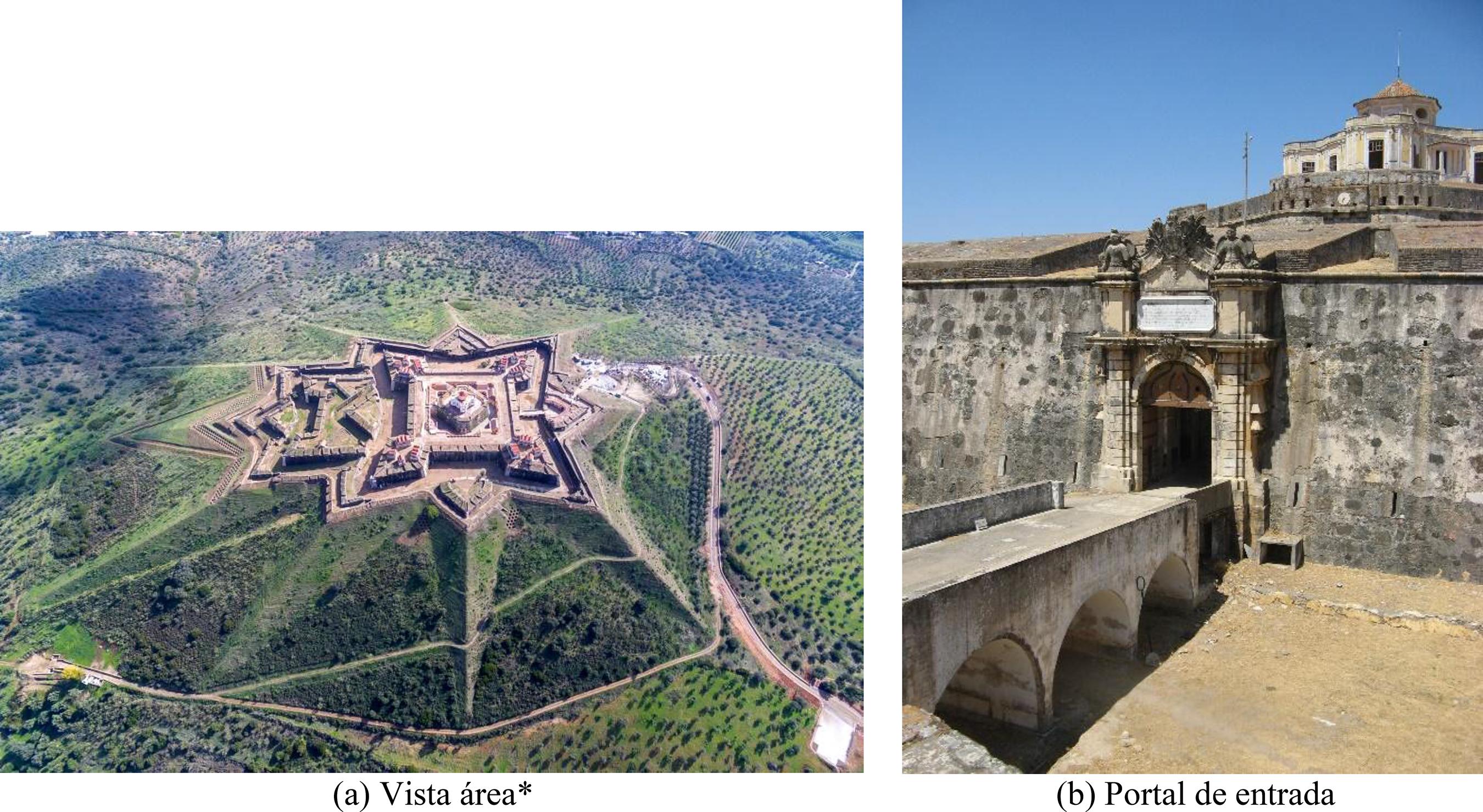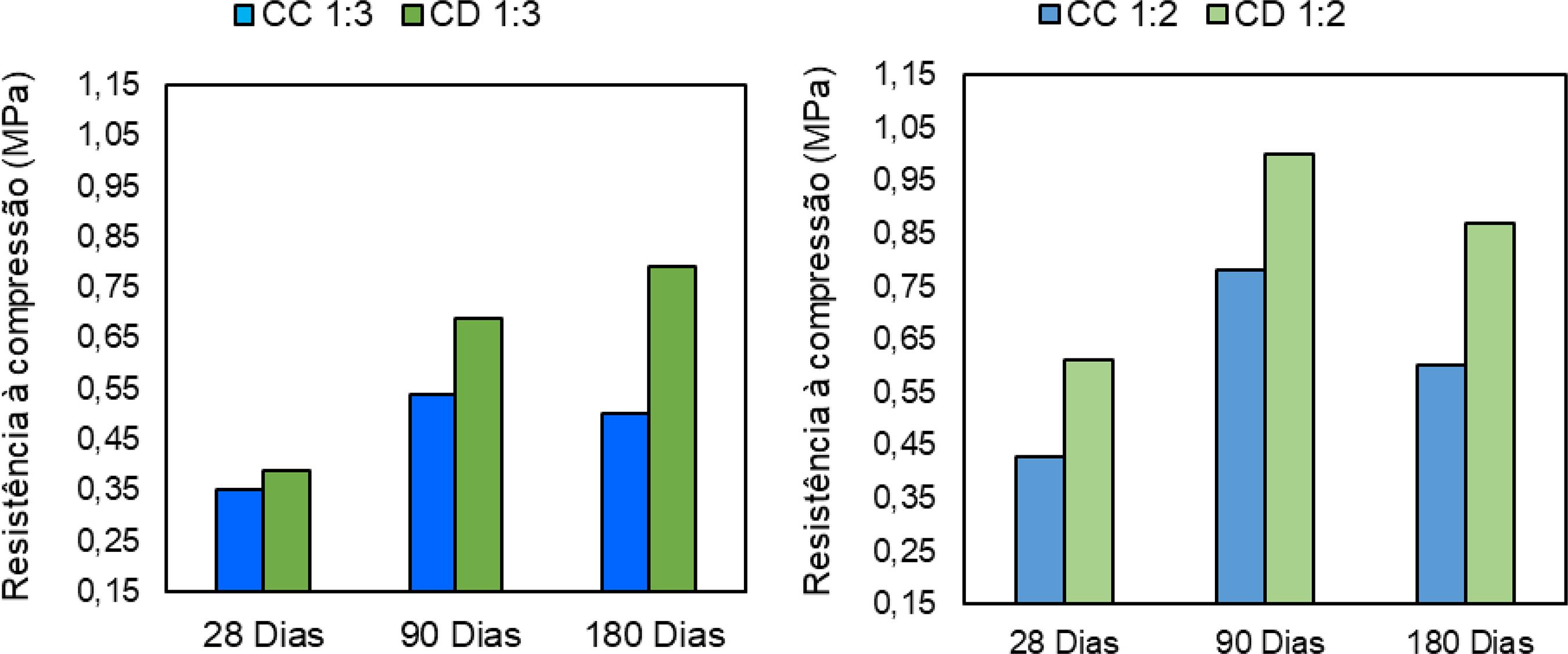Abstract
Aerial lime is a binder with great durability, as attested by numerous archaeological remains from the Roman period and beyond. When it is reported that a particular mortar, or mural painting, was executed with aerial lime, it is rarely mentioned that this lime is a dolomitic type. The scarcity of references to this type of binder can be attributed to the lower availability of dolomitic limestone outcrops. However, there are several cases in Portugal, and in other parts of the world, where the use of dolomitic lime mortars do not seem to be associated only with the main limestone qualities. In technological terms, it is a known fact that the production of dolomitic lime requires a lower calcination temperature than that required for the production of calcitic lime. This fact, coupled with good water resistance properties, will have justified the use of dolomitic lime in the past, as some examples of ancient constructions attest, some of which are described briefly in this paper. Despite this past, dolomitic lime remains unknown to most members of the technical and scientific community. In addition, some characterization results are sometimes contradictory, which motivates misgivings about its use. This article aims to demystify some of the biases related to a possible lower durability of dolomitic lime, presenting the reactional mechanisms of this binder and its hydration and alteration compounds, as well as some examples of the use of dolomitic lime in Portuguese monuments. Finally, results of physical and mechanical characterization of this age-old binder are presented, confirming its qualities and justifying more widespread, especially in cases of conservation and restoration of historical mortars.
Keywords:
Lime; Mortars; Durability; Characterization



 Fonte: *
Fonte: *


 Fonte:
Fonte: